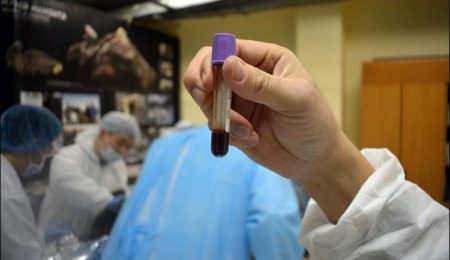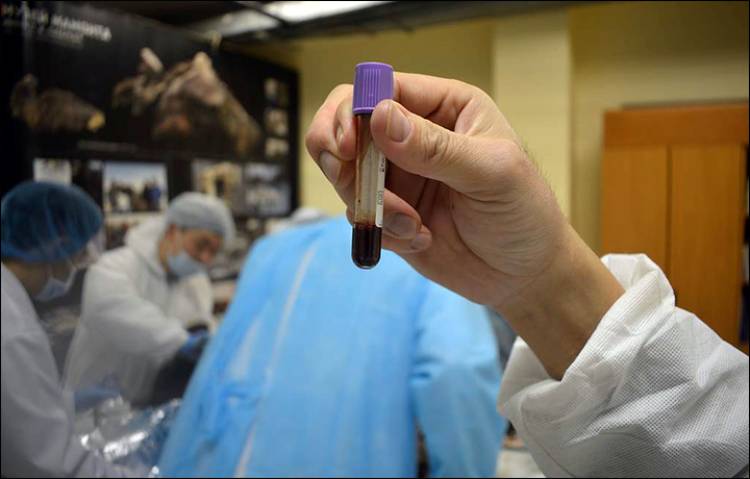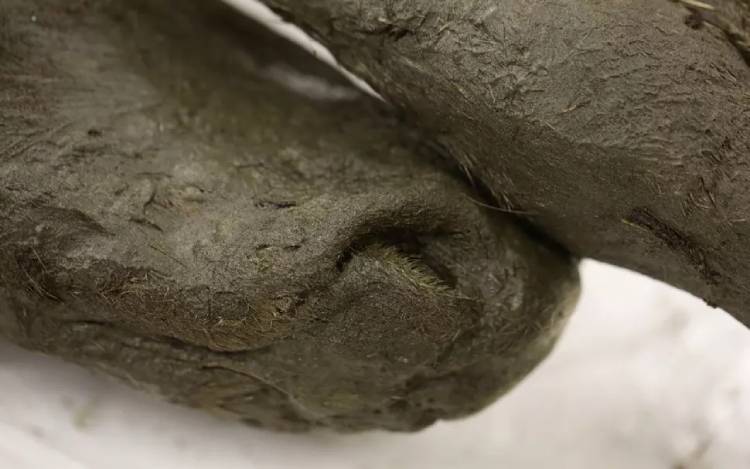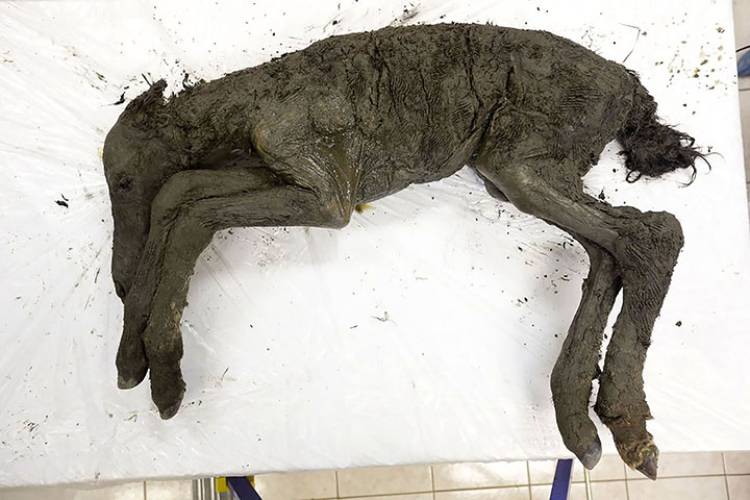A 42,000-year-old Foal Is the Best-preserved Ice Age Animal in the World!

Imagine discovering a 42,000-year-old foal preserved in permafrost with no visible damage! This is not fiction but a rare discovery unearthed by an international Russian-Japanese expedition team. The team unearthed the permafrost-preserved foal inside the Batagaika depression and took it to the Mammoth Museum in Yakutsk, Russia, for further examination. The conditions under which the foal was found and dissected make it one of the rarest paleontological finds.
The director of the Mammoth Museum, Semyon Grigoriev, mentioned that the museum housed the biggest collection of Ice Age animals in the world. But this newly discovered foal is the best-preserved Ice Age animal among all collections. No wonder this unique foal was one of the key exhibits of The Mammoth exhibition in Japan in 2019.
Table of Contents
Autopsy of the foal leads to startling discoveries
Scientists from Russia and South Korea carried out a laboratory autopsy of the fossil remains. They found that the tiny foal dates back to the Pleistocene epoch, also known as the Ice Age. It belonged to the extinct Lenskaya horse species.
The permafrost burial conditions and temperature that kept the ground completely frozen (below zero degrees) for years helped in preserving the remains of this ancient foal in exceptionally good condition. This helped the scientists to find many interesting details by examining the fossil remains.

Scientists were in for a real surprise when they found liquid blood in the heart vessels and the muscle tissues of the baby horse. This is the oldest blood ever found to date. What was really amazing was that the blood still retained its natural red color! In fact, the muscle tissues also retained their natural color, which is quite an exception for such an ancient fossil. In another rare discovery, the scientists also found urine in the bladder of this prehistoric foal, making it the most ancient liquid urine collected to date.
Origin of the Ice Age foal and its preserved organs

The ground-breaking dissection process revealed many interesting details regarding the foal purely based on scientific evidence.
The newborn foal was hardly one or two weeks old, but there was no visible damage to the body, as is usually found in many fossil discoveries. The body was intact without any deformations. No wonder this baby horse is considered the best-preserved Ice Age animal to date.
The foal’s hair was found on its head, legs, and other parts of the body. Preservation of hair in ancient fossil remains is quite a rarity as it tends to fall away before the body is discovered. But the icy tomb under which the foal was found helped in preserving the hair. Based on their examination, the scientists concluded that the foal had a dark-colored tail and mane with a paler body color.
The autopsy also revealed well-preserved internal organs, including the digestive system. Since the gastrointestinal tract had a lot of mud and silt, it was concluded that the foal died by getting trapped in mud, which it swallowed during its final moments.
Cloning the Ice Age animal
Semyon Grigoriev and his colleagues tried their best to clone the foal in an attempt to revive the extinct species. Even though the blood was well-preserved, the cloning process was not successful.
The red blood cells do not have nuclei, which also means that they do not contain the DNA required for cloning. Even though DNA is found in white blood cells, they degrade soon after the death of the animal, even under permafrost conditions. Thus, finding DNA that is suitable for cloning is a humongous challenge. The team of scientists also examined the possibility of extracting genetic material from other internal organs, muscle tissues, and cells. However, their attempts did not yield the desired results.
Genesis 2.0, a documentary, showcased the relentless efforts of the team of scientists in this path-breaking research. The documentary won a prize at the Sundance Film Festival for cinematography in 2018.
























